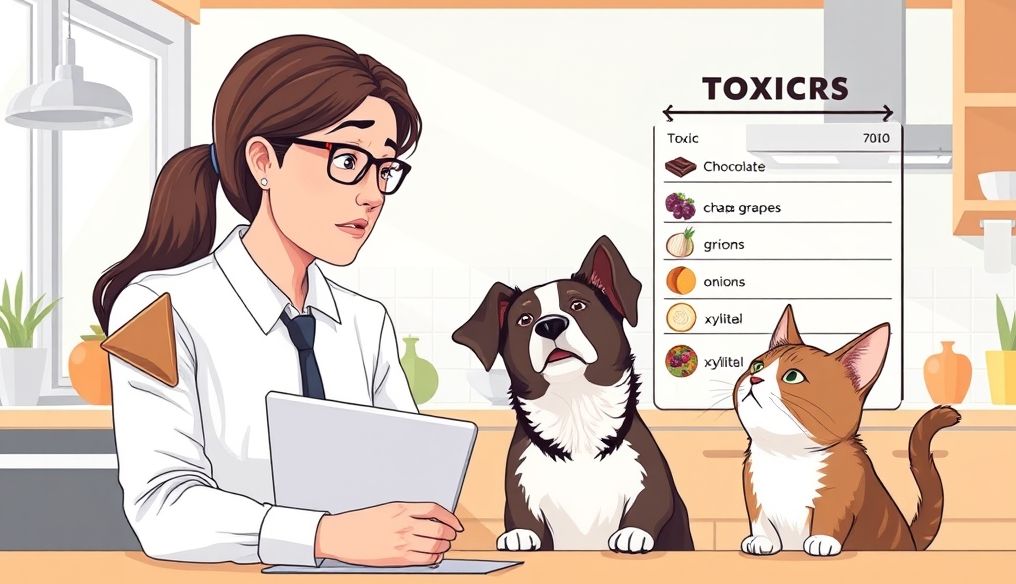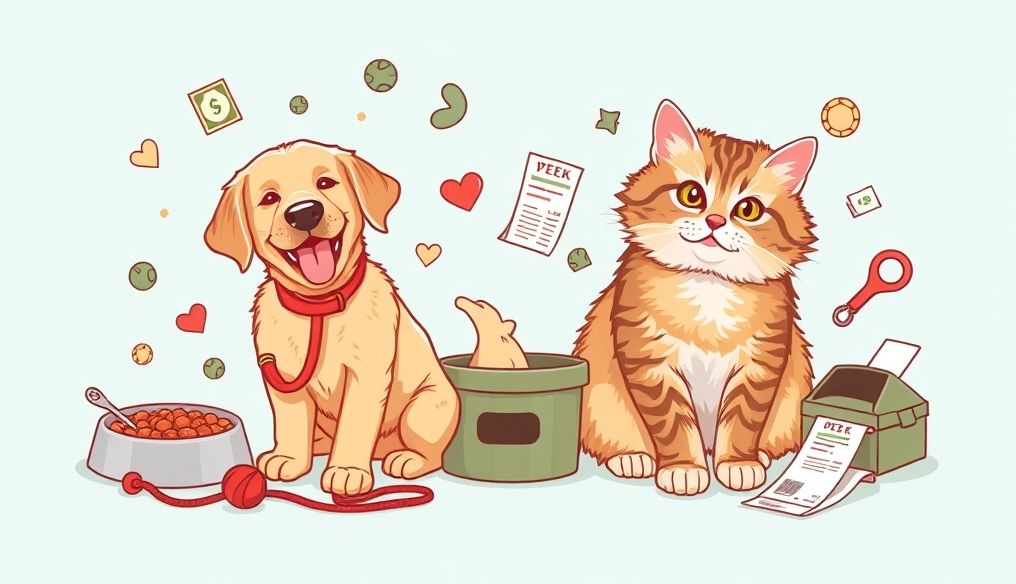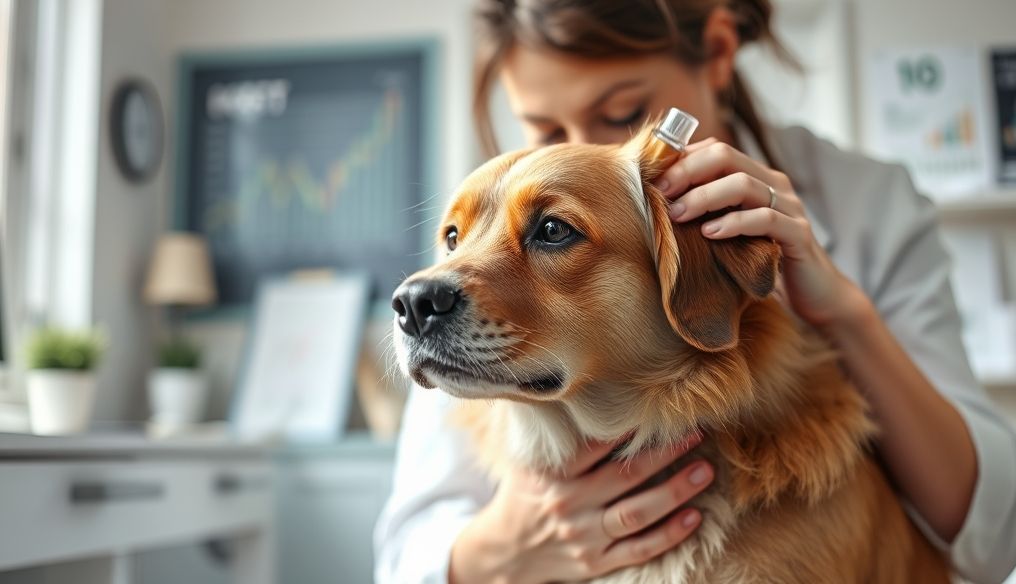Is Leaving Your Pet Alone at Home for Long Periods Harmful?
Pets, especially dogs and cats, are an integral part of our families. They provide us with companionship and unconditional love. However, with the fast-paced lifestyle we live today, we often find ourselves having to leave our pets alone at home for extended periods. Is this harmful to them? This is what we will discuss in detail in this article.
Chapter 1: The Psychological Impact of Leaving a Pet Alone
Leaving a pet alone for long periods can lead to serious psychological problems. Pets, especially dogs, are social animals by nature and thrive on human interaction. When left alone, they can suffer from:
- Anxiety and Separation: Separation anxiety is one of the most common problems. Symptoms include constant barking, destruction of furniture, and urination or defecation in inappropriate places.
- Boredom and Depression: Boredom can lead to depression, which manifests as loss of appetite, lethargy, and loss of interest in usual activities.
- Compulsive Behaviors: The animal may resort to compulsive behaviors such as excessive licking, tail chewing, or pacing back and forth repeatedly.
A study published in the "Journal of Animal Behavior Science" found that dogs left alone for more than four hours a day show significantly more signs of separation anxiety than dogs left for shorter periods.
Chapter 2: The Physical Impact of Leaving a Pet Alone
In addition to the psychological impact, leaving a pet alone for long periods can affect their physical health. Some potential problems include:
- Obesity: Lack of physical activity can lead to obesity, which in turn increases the risk of heart disease, diabetes, and arthritis.
- Digestive Problems: Stress and anxiety can lead to digestive problems such as diarrhea or constipation.
- Dehydration: If the pet is unable to easily access clean water, they may suffer from dehydration.
It is important to ensure that your pet always has enough water and food, especially if you are going to leave them alone for a long time. Automatic food and water dispensers can be used to ensure they get what they need.
Chapter 3: Needs of Dogs vs. Cats
The needs of dogs and cats differ when it comes to the amount of time they can be left alone. Dogs, in general, need more social interaction and physical activity compared to cats.
Dogs:
- Exercise: Dogs need daily walks and regular play to stay healthy and happy.
- Social Interaction: Dogs are pack animals and thrive on interaction with humans and other animals.
- Training: Regular training helps prevent behavioral problems.
Cats:
- Independence: Cats are more independent than dogs and can tolerate being alone for longer periods.
- Mental Stimulation: Cats need mental stimulation through toys and climbing objects.
- Clean Litter Box: The litter box must always be clean to avoid urination problems.
Chapter 4: The Safe Duration to Leave a Pet Alone
There is no hard and fast rule that determines the safe duration to leave a pet alone, as it depends on various factors such as the animal's age, breed, personality, and general health. However, there are some general guidelines:
- Puppies and Kittens: Should not be left alone for more than two or three hours at a time.
- Adult Dogs: Can be left alone for a period of four to six hours, provided they get a walk and play before and after.
- Adult Cats: Can be left alone for up to 24 hours, provided they have clean food and water and a clean litter box.
If you are going to be away for longer, it is best to ask a friend or neighbor to take care of your pet, or hire a professional pet sitter.
Chapter 5: Signs That Your Pet Is Suffering
It is important to be aware of signs that indicate your pet is suffering from loneliness or anxiety. Some of these signs include:
- Changes in Behavior: Such as constant barking, destruction, or urination in inappropriate places.
- Loss of Appetite or Overeating: This can be a sign of depression or anxiety.
- Lethargy or Loss of Interest in Usual Activities: This can be a sign of depression.
- Compulsive Behaviors: Such as excessive licking or tail chewing.
If you notice any of these signs, it is important to consult a veterinarian to rule out any underlying medical problems. The veterinarian may also recommend behavioral training or medication to help relieve anxiety.
Chapter 6: Practical Solutions to Reduce the Impact of Loneliness
There are many practical solutions that can help reduce the impact of loneliness on your pet:
- Provide Toys and Activities: Interactive toys and puzzle toys can help keep your pet busy and mentally stimulated.
- Provide a Comfortable Environment: Make sure your pet has a comfortable place to sleep and feel safe.
- Use Pet Cameras: Pet cameras allow you to monitor your pet and talk to them remotely.
- Hire a Pet Sitter or Take Them to a Daycare Center: This can provide your pet with the social interaction and physical activity they need.
- Behavioral Training: Behavioral training can help teach your pet how to cope with loneliness.
Chapter 7: The Importance of Routine
Pets thrive on routine. Try as much as possible to maintain a regular schedule for feeding, walking, and playing. This can help reduce anxiety and separation.
Chapter 8: Investing in Your Pet's Mental Health
Investing in your pet's mental health is just as important as investing in their physical health. By providing a stimulating and comfortable environment, and meeting their social and physical needs, you can help ensure a happy and healthy life for your pet.
Chapter 9: Technology and Pet Comfort
Technology offers innovative solutions for pet comfort during their owners' absence. Smart food dispensers ensure regular feeding, interactive video games stimulate their minds, and remote monitoring systems allow for visual and auditory communication. These tools help reduce feelings of loneliness and anxiety, promoting a comfortable and safe environment for pets.
Chapter 10: Conclusion and Recommendations
Leaving your pet alone for long periods can have a negative impact on their mental and physical health. By understanding your pet's needs and taking steps to reduce the impact of loneliness, you can help ensure a happy and healthy life for them. Remember that investing in your pet's health is an investment in your own happiness as well.




